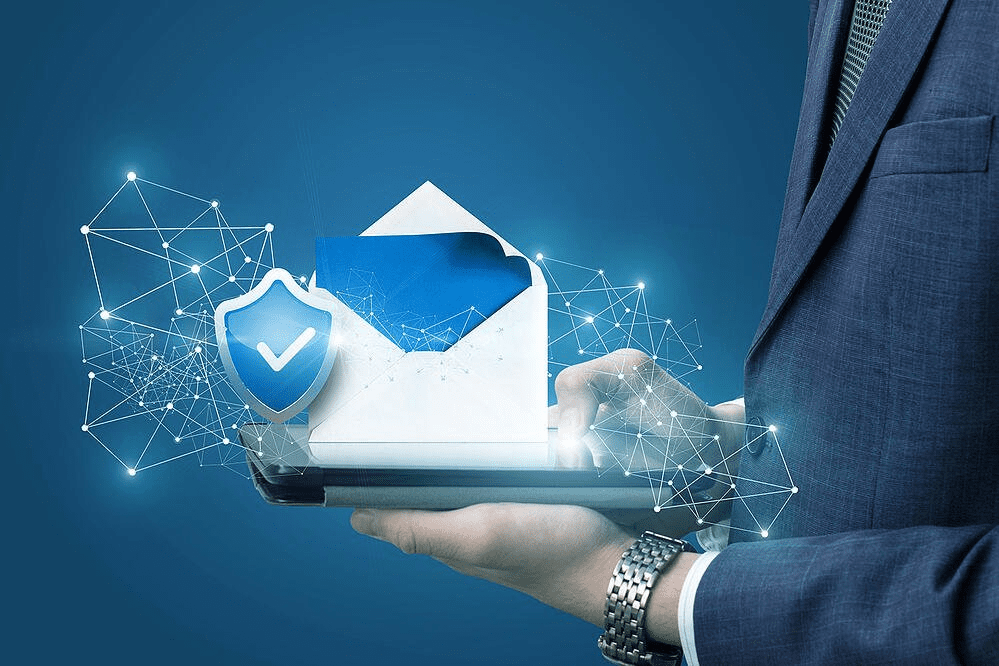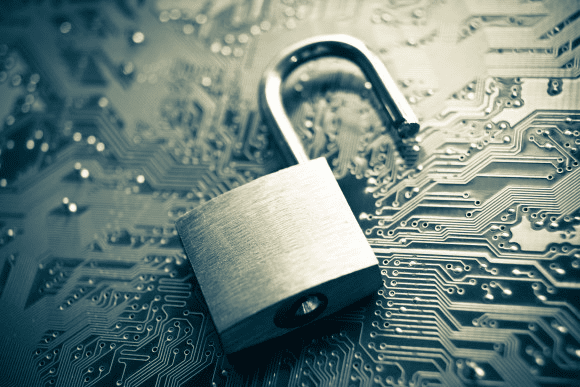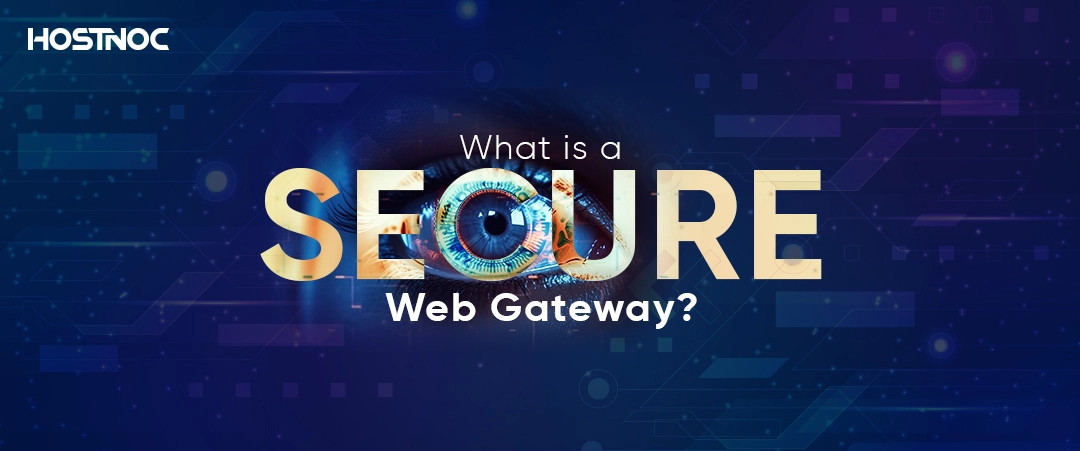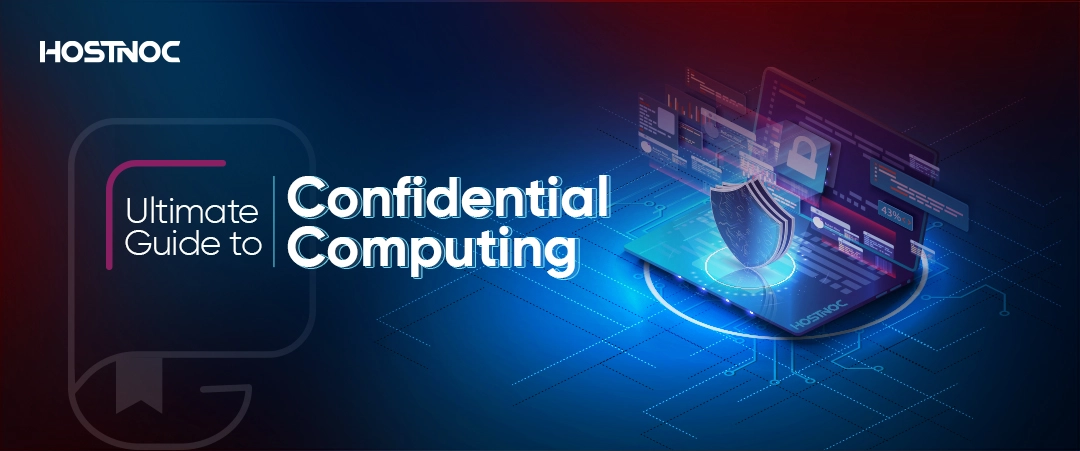7 Common Email Security Myths You Should Stop Believing In

7 Key Takeaways From Cost of Data Breach Report 2021
August 20, 2021
7 Important Things You Can Do To Prevent Domain Credential Theft
September 13, 2021Did you know that business email related scams cost businesses a whopping $676 million? According to statistics, 66% of malware is installed through malicious email attachments. COVID-19 has further accelerated this trend as cybercriminals are doubling down on malicious email campaigns linked to coronavirus. Despite this, only 3% of employees report malicious emails to management.
For the cherry on top, there are many common email security myths that businesses continue to believe in, which come back to haunt them from time to time. In this article, you will learn about seven email security myths you should stop believing in.
- 7 Common Email Security Myths
- 1. Email is Safe
- 2. You will Rarely Receive Dangerous Emails
- 3. Spam Does not Hurt Companies
- 4. Using Stronger Passwords Is Enough
- 5. Service ProvIder is Responsible For Email Security
- 6. Training Employees Can Help You Prevent Email Threats
- 7. You Can Predict Phishing Attacks
7 Common Email Security Myths
Here are seven common email security myths that are making you more prone to email security attacks.
1. Email is Safe
Most businesses still use email for internal and external communication because they consider it a secure mode of communication. Unfortunately, that is not true. There are a lot of vulnerabilities in emails that hackers can exploit to fulfill their malicious designs. From spoofing email addresses to sending malicious attachments, cybercriminals can use email in many different ways.
In fact, a majority of cybersecurity attacks such as social engineering attacks, phishing attacks, business email compromise and spam are conducted using malicious emails. If you still think that emails are safe then, you need to change your mindset.
2. You will Rarely Receive Dangerous Emails
Despite all the advancements in communication technologies and the emergence of new and more effective communication tools, emails still have their own place. More than four million people still use email and billions of emails are sent and received on a daily basis.
The massive user base and volume of emails sent and received have brought it to the attention of hackers so much so that they have started using it as their main weapon when it comes to delivering malware. Additionally, it also gives them a favorable environment to spread spam messages and trick users into sharing their sensitive information. A large percentage of the total emails sent or received are either spam or malicious.
3. Spam Does not Hurt Companies
Even if your business does not think email is a safe medium of communication or you will rarely receive malicious emails, your business might be underestimating the dangers of spam. You need to remember that spam is used by cybercriminals as a threat vector. They will try to persuade people to click on malicious links or download a malicious attachment that can deliver the payload.
Apart from that, it can also have a negative impact on your productivity as your employee might spend a lot of time browsing through, opening and deleting those spam emails. Moreover, it can also overload your best dedicated servers and hamper their ability to offer other services.
4. Using Stronger Passwords Is Enough
Most enterprises lay a lot of emphasis on following password best practices, which is great from a security standpoint. Sadly, things start to go wrong in that they think that using stronger passwords is enough to protect them from email attacks. Hackers use different techniques to steal your credentials and stronger passwords won’t protect you in that case.
I am not saying that you should not use stronger passwords but you should not rely solely on them as a solution to all your email security woes. You can use the DMARC authentication protocol to beef up your email security. This can stop cybercriminals from getting visibility into the business domains which they can use for sending spam.
5. Service ProvIder is Responsible For Email Security
Most businesses think that an email service provider is responsible for maintaining the security of your email messages. Even though email service providers such as Gmail and Microsoft Outlook have done their bit to implement security controls that can help you protect your sensitive information but that does not free you up from your responsibilities. Make email security a shared responsibility instead of putting all the blame on the email service provider.
6. Training Employees Can Help You Prevent Email Threats
There is no denying that increasing employee awareness and arranging email security training for your employees can help but it is not the all-in-one solution to email security. Training employees can help them identify malicious emails and protect themselves from social engineering attacks such as phishing and spear phishing but it won’t be effective if hackers use counterfeiting techniques, legitimate email addresses or stolen credentials.
7. You Can Predict Phishing Attacks
If you are one of those who thinks that you can easily detect phishing attacks or even predict when it could target your business then you are wrong. In fact, phishing attacks are becoming more and more sophisticated with each passing day. Cyberattackers are using different techniques and technologies to trick users into clicking on malicious links or attachments. What’s more, cyberattackers wait for the right moment to strike and launch targeted attacks when you least expect them.
Which email security myths you still believe in? Share it with us in the comments section below.



